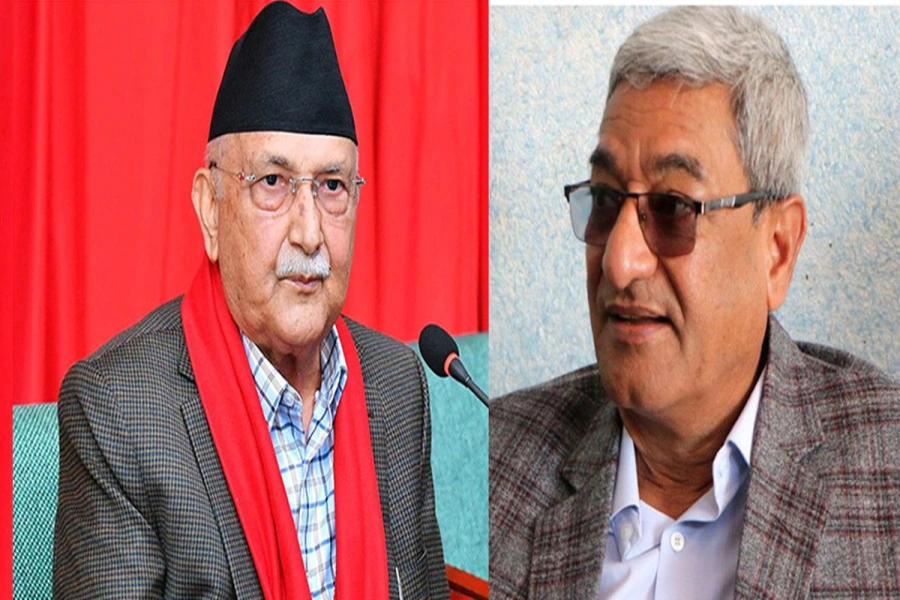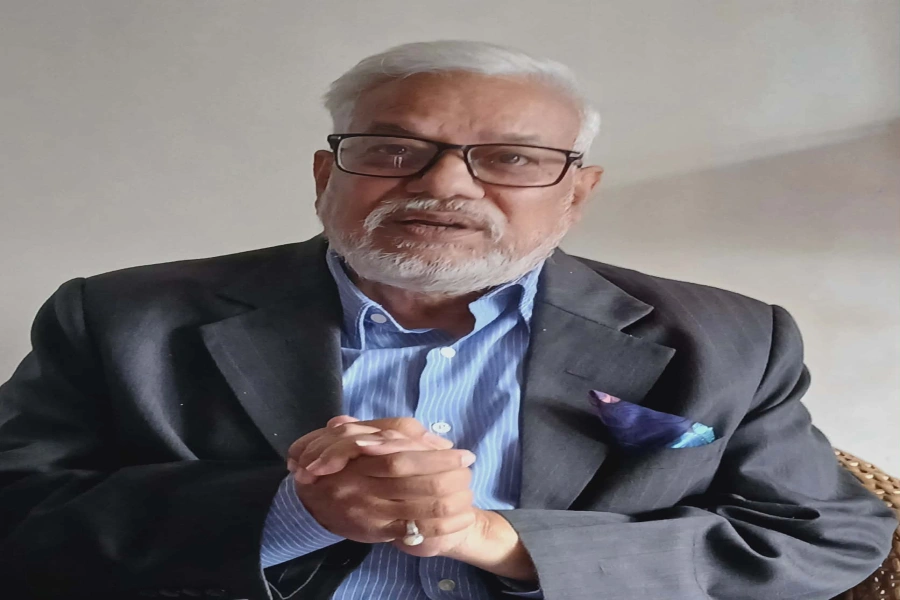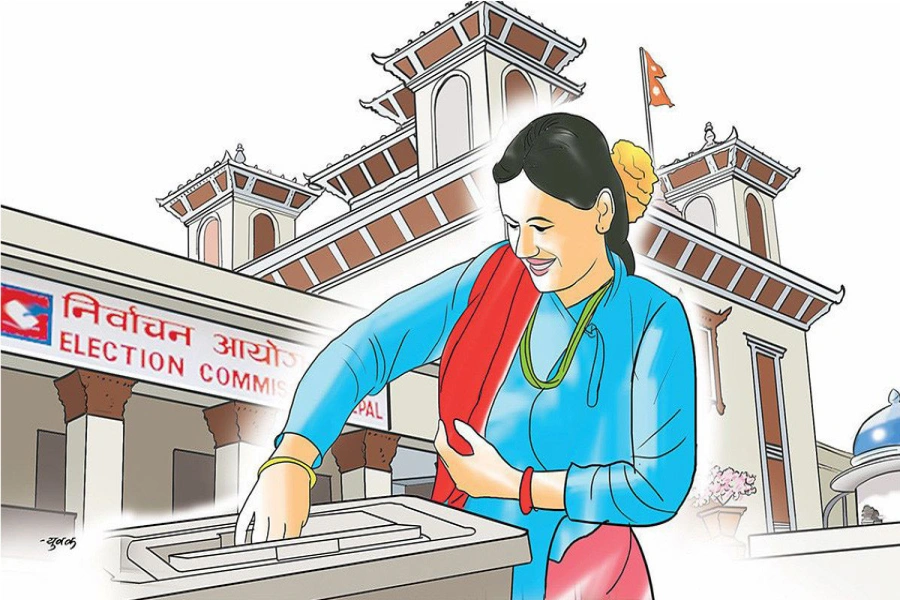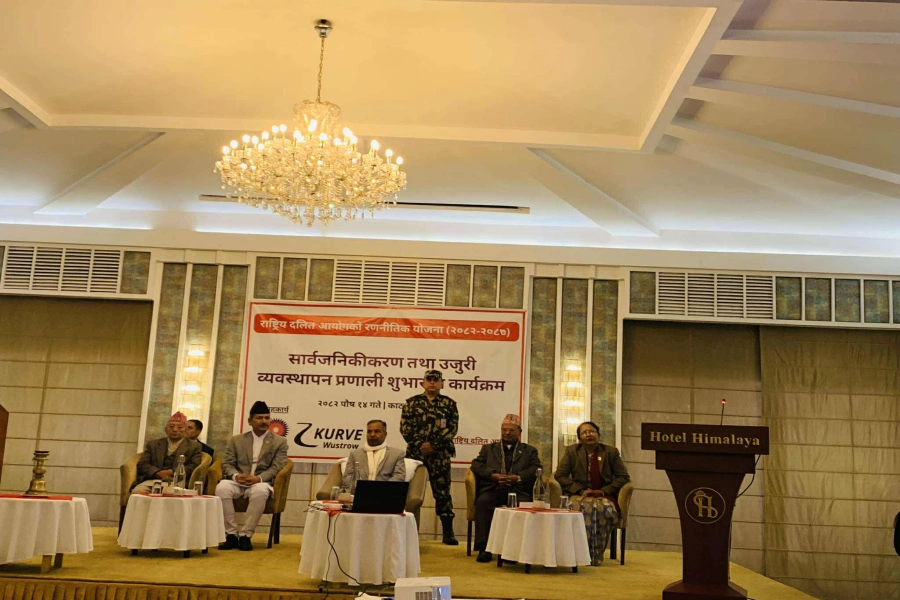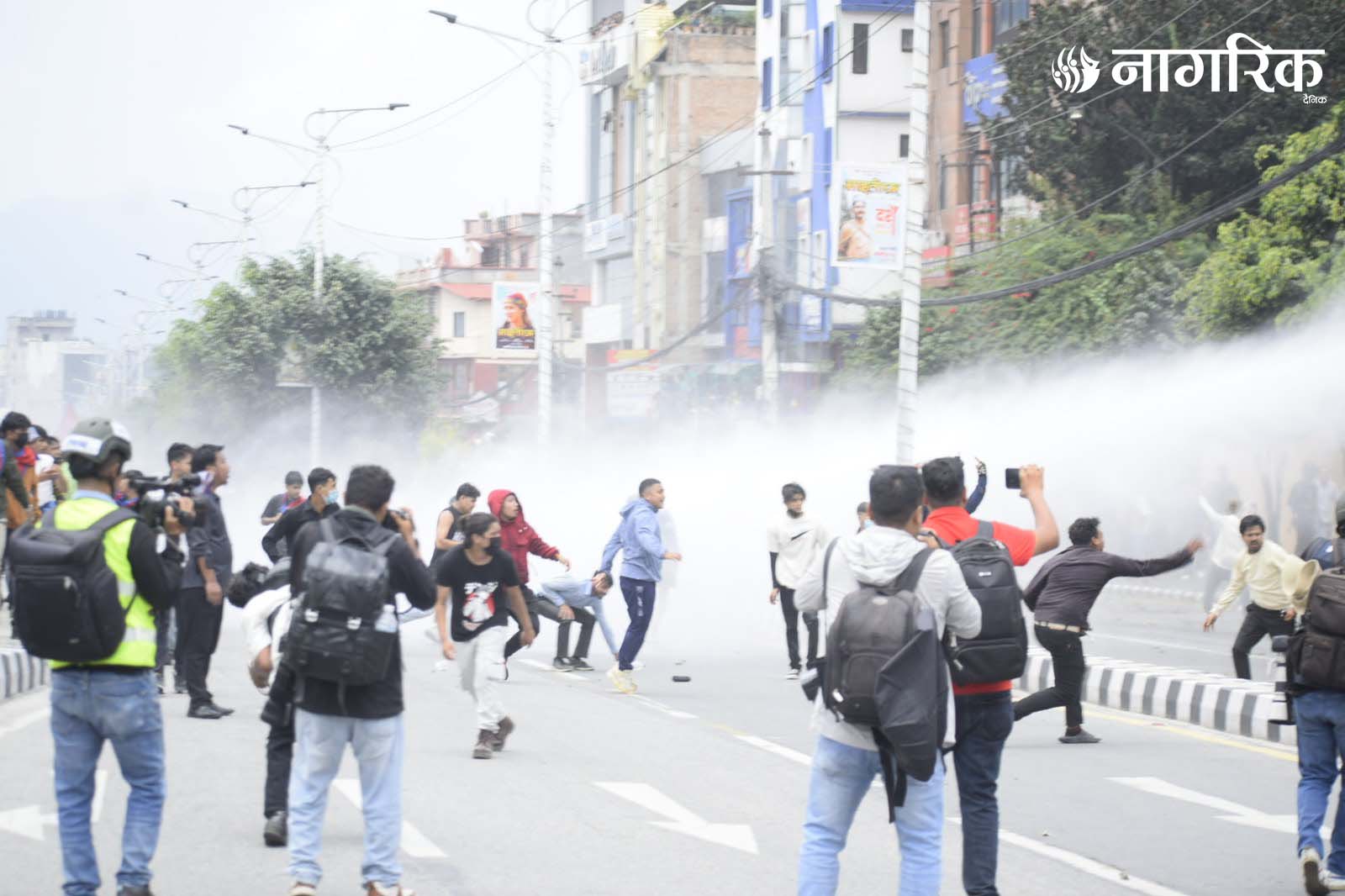Hidden within this year’s national budget is a policy change that could severely undermine the backbone of our power sector. The government has proposed eliminating the long-standing “take-or-pay” model in favour of a “take-and-pay” system. While this shift might appear to be a minor technical correction, its consequences are anything but. This is not just poor policy; it’s self-inflicted harm.
The take-or-pay model has been fundamental to the growth of hydropower in Nepal. It guarantees that the Nepal Electricity Authority (NEA) will pay for the electricity produced by power developers, even if the grid cannot immediately absorb it. This assurance forms the basis for project bankability. It is why banks have financed hydropower projects in the first place and why private developers have continued to invest in this capital-intensive sector.
Now, the government proposes to replace this predictability with uncertainty — “we’ll pay you if and when we can.” In what world can large-scale infrastructure be financed on such vague terms? Would any bank approve financing for a hotel that’s told guests *might* show up? The reality is far more grim: banks will walk away. New hydropower projects will stall. The entire investment pipeline will freeze. This single policy decision threatens to wipe out momentum that took decades to build.
Most of Nepal’s electricity today — the power that keeps our industries running and homes lit — is generated by the private sector. And these developers have gone far beyond their comfort zones. They have trekked into some of the most remote and inaccessible corners of the country, where there are no roads, telecoms, or infrastructure, to build power plants. They have navigated a minefield of regulatory hurdles: endless environmental approvals, delayed Power Purchase Agreements, constant policy changes, and land acquisition nightmares. And yet, against all odds, they have delivered.
Dumb phones survive rise of the smart phone

At the very moment Nepal stands at the cusp of becoming a net exporter of electricity, the government has chosen to move the goalposts. Even more gallingly, this comes just weeks after the Prime Minister declared a national ambition to develop 26,000 megawatts of hydropower capacity. How do we expect private investors to take such pronouncements seriously when they are followed almost immediately by hostile policies like this?
The contradiction is staggering. The state wants all the benefits of hydropower — reduced fossil fuel imports, improved trade balances, and national prestige — but seems determined to sabotage the very people making it possible. And this bears repeating: every private hydropower plant is handed over to the government after 30 years. This is not a giveaway to the private sector; it is an eventual transfer of strategic national assets. So why make it harder to build them?
Kulman Ghising is rightly credited with ending load-shedding in Nepal. But let us not ignore the fact that his success would have been impossible without the electricity produced by private developers. The unsung heroes of this transformation are the risk-takers — the companies and individuals who put everything on the line to generate power in an uncertain, unstable policy environment.
This new take-and-pay policy doesn’t merely shift financial risk; it sends a clear message that private developers are no longer welcome. If they exit, so does our chance to achieve reliable domestic supply, energy surplus, and the long-term vision of becoming South Asia’s energy trading hub. We talk endlessly about green growth and energy self-reliance, yet we undercut the only sector where public-private partnership has demonstrably worked.
Even more troubling is the way this policy was introduced — without meaningful consultation with the Ministry of Energy, without coordination with the NEA, and with no clarity on its long-term implications. A few vague lines in the budget speech now cast a shadow over billions of rupees in infrastructure investment.
Nepal’s biggest development obstacle is no longer geography or capital; it is shortsighted policymaking made behind closed doors, without accountability, and by those without any skin in the game. When the private sector is building what the government cannot, the last thing we should be doing is placing new roadblocks in their path.
If this policy is not reconsidered, it will not just be the developers who suffer. It will be the entire country.



